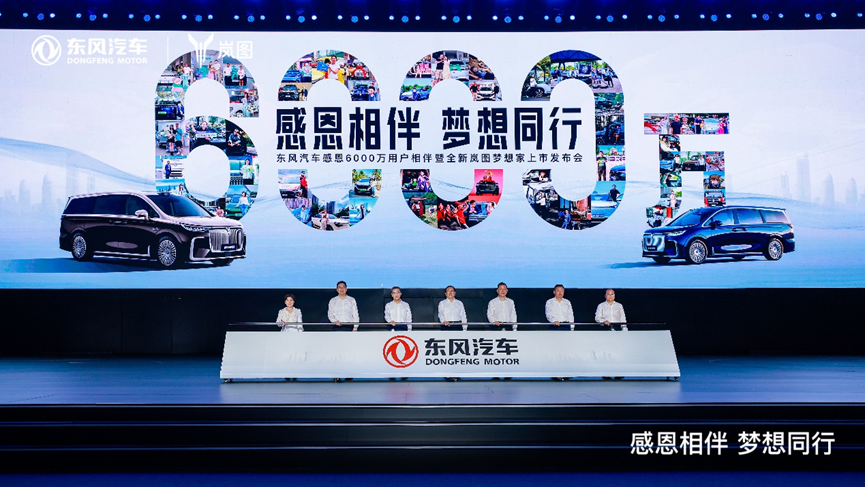The global automotive market is undergoing a profound transformation
Jun 11,2025
The global automotive market is undergoing a profound transformation, shaped by the rise of electric vehicles, saturation in key markets, economic uncertainty worldwide, and the rapid ascent of Chinese automakers.
Global Used Car Market Overview
1.Market Size:
In 2023, the global used car market was valued at USD 1.76 trillion. It is projected to grow to USD 1.8 trillion in 2024, representing a year-over-year increase of 6.3%.
2.Regional Markets:
With a market size of USD 62.5 billion, Europe ranks as the second-largest used car market. Driven by digital platforms such as ACV Auctions, the U.S. used car market saw a 32% year-over-year increase in transaction volume in Q3 2024.
Regional Market Characteristics
1.China:
In 2024, used car transactions in China reached 19.61 million units, up 6.52% year-on-year. Exports exceeded 400,000 units—more than 350% growth compared to 2022. New energy used vehicles (NEUVs) are emerging as a key growth driver, with transaction volume in the first half of 2024 surging by 63.5% YoY, accounting for 5.4% of the total used car market.
2.Europe:
Environmental regulations such as REACH, along with requirements for Whole Vehicle Type Approval (WVTA) and Cybersecurity Management Systems (CSMS), have raised the bar for used vehicle exports. These standards are pushing digital platforms to establish end-to-end inspection and certification systems.
3.Africa:
Nigeria’s used car market alone is valued at USD 12 billion. Frontier Car Group has integrated OLX's traffic resources to exceed 150,000 units in annual exports, building a localized service network covering 40 African countries.
Growth in Emerging Markets
1.Southeast Asia:
The region is experiencing a compound annual growth rate (CAGR) of 12%. Countries such as Vietnam and Thailand are leveraging tax incentives to attract used car dealers and boost market activity.
2.South America:
Cross-border e-commerce is driving growth in the region. Brazil’s used car imports surged 40% in 2024. Platforms like Guazi Used Cars have adopted a “bonded warehouse + local agent” model to enable 72-hour delivery across the South American market.
Major Trends Shaping the Global Automotive Market
- Electric Vehicle (EV) Growth:
Despite a range of challenges, electric vehicles remain a key growth driver in the global automotive industry. In 2025, global sales of battery-electric passenger vehicles are projected to reach 15.1 million units, a 29.9% increase over 2024. EV market share is expected to climb from 13.2% to approximately 16.7%. As EV technology continues to advance and costs decline, their share of the overall market is set to expand further.
- Saturation in Core Markets:
Mature markets such as the United States, Europe, and Japan have reached saturation, with automotive transactions increasingly shifting from new car purchases to used vehicle circulation and trade-ins. In 2023, the ratio of used to new vehicle sales in the U.S. was 2.3:1.
- Global Economic Uncertainty:
The global economic outlook remains uncertain, exacerbated by shifting U.S. trade policies. These factors are reshaping the global economic landscape and placing additional pressure on the automotive sector.
- Rise of the Chinese Automotive Industry:
China is playing an increasingly central role in the global auto market. The country has led the world in vehicle production and sales for 15 consecutive years and in new energy vehicle (NEV) output and sales for nine years. China is also now the world's largest automobile exporter.
- Rapid Expansion of the Global Aftermarket:
The global automotive aftermarket is experiencing accelerated growth, outpacing many traditional sectors. Segments such as vehicle rentals and automotive accessories are emerging as new profit engines for the industry.
- Rising Market Share of Chinese Brands in Europe:
By 2030, Chinese automakers are expected to hold approximately 10% of the European market, signaling a growing international presence and competitiveness.
- New Development Opportunities for the Global Automotive Industry:
The global automotive industry is entering a new phase of opportunity, driven by innovations in smart technologies, digitalization, and sustainability. These transformations are expected to reshape the future of mobility.
Challenges and Opportunities in the Automotive Industry
- Challenges:
The automotive sector continues to face headwinds stemming from global economic uncertainty, rising raw material costs, and ongoing semiconductor shortages. Additionally, the relatively slow pace of electric vehicle adoption presents significant challenges for traditional automakers striving to transition toward electrification.
- Opportunities:
At the same time, the rise of electric vehicles, the growing global influence of Chinese automakers, the rapid expansion of the automotive aftermarket, and the increasing market share of Chinese brands in Europe are unlocking new opportunities for growth and innovation across the industry.
Overall, the global automotive market is undergoing a period of transformation, marked by both opportunities and challenges. As technological advancements, policy shifts, and evolving consumer demand continue to reshape the landscape, the industry is entering a new era of change—one characterized by uncertainty, innovation, and profound structural shifts.
PREVIOUS:
Related Posts
Achieving 60 Million Sales, Dongfeng Motor Embarks on a New Journey
On September 19, 2024, Dongfeng Motor held a launch event in Wuhan to express gratitude to 60 million users and officially launch the new VOYAH DREAM with the theme of "Together with Gratitude, Together with Dreams". Wang Zhonglin, Deputy Secretary of Hubei Provincial Party Committee and Governor, Cheng Yongwen, Deputy Governor of Hubei Province, Sheng Yuechun, Deputy Secretary of the Wuhan Municipal Party Committee and Mayor and Chairman and General Manager of Dongfeng Motor Corporation (hereinafter referred to as "Dongfeng Motor") were present at the event.
Contact Us




